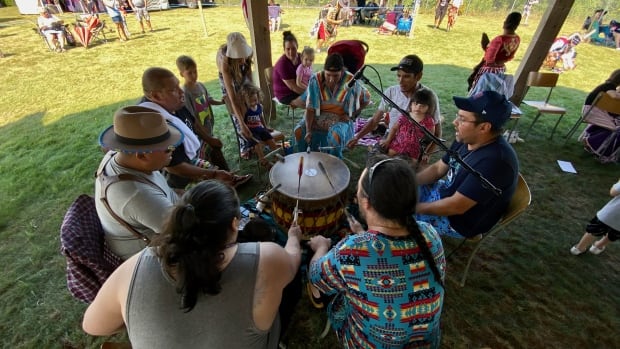The Indigenous population grew almost twice as fast as the non-Indigenous population, and now stands at 1.8 million, or about five per cent of the population as a whole, according to newly released census data.
From 2016 to 2021, Canada’s Indigenous population grew by 9.4 per cent, compared to the non-Indigenous population, which grew by just 5.3 per cent over the same period.
While that growth rate is high, it’s almost half the growth rate of the Indigenous population between 2011 and 2016, which was 18.9 per cent.
Highlights of the 2021 census on Indigenous population in Canada:
-
There were 624,220 Métis living in Canada, up 6.3 per cent from 2016.
-
There were 70,545 Inuit living in Canada.
-
There were 1,048,405 First Nations living in Canada.
-
There were 801,045 Indigenous people living in large urban centres, up 12.5 per cent from 2016 to 2021.
-
The Indigenous population was 8.2 years younger than the non-Indigenous population overall.
-
Indigenous people were more likely than the non-Indigenous population to be living in a dwelling that was in need of major repairs (16.4 per cent compared to 5.7 per cent) or live in crowded housing (17.1 per cent compared to 9.4).
-
Almost one in five Indigenous people in Canada (18.8 per cent) lived in a low-income household. This was down nearly 10 percentage points from 2016, but the decline was likely driven by government transfers in response to the COVID-19 pandemic, according to Statistics Canada.
More to come.


